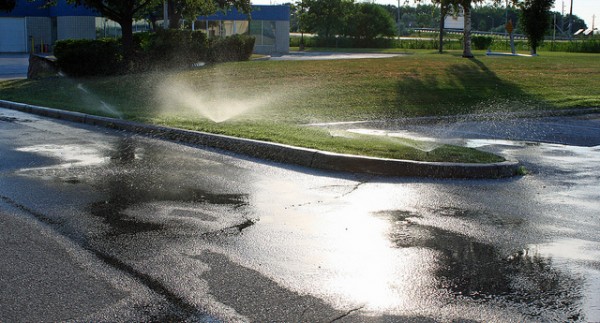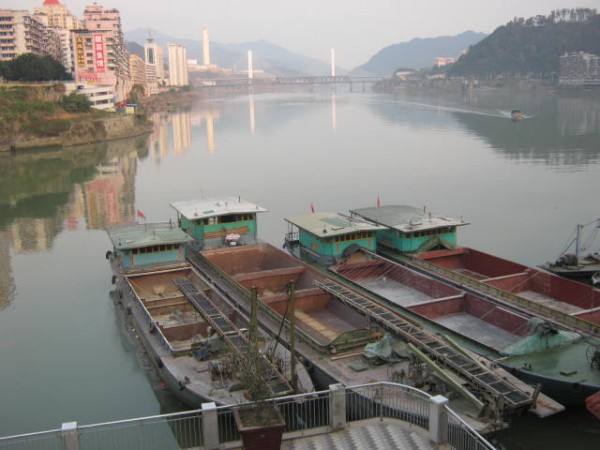When the well’s dry, we know the worth of water.
– Benjamin Franklin, Poor Richard’s Almanac, 1746
The problem with water, many economists say, is the fact that it is essentially free.
That may come as a surprise to you if you receive a monthly bill from your local water utility. But the economists are technically correct. In most places in the world, we pay only for the cost of delivering the water to our homes or businesses, i.e., the cost of electricity to push it through distribution pipes, clean out impurities, or to construct a reservoir to store water. The water itself is free. (See Ireland’s shift to charge at least something for water.) Read more






